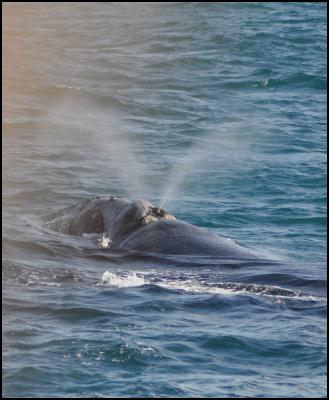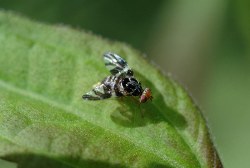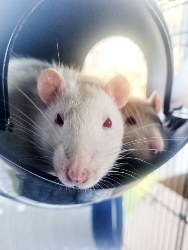The right time for southern right whales
Media release
Date: 23 June 2011
The right time for southern right whales

The Department of Conservation is calling on the public to take photos and report any sightings of southern right whales along the New Zealand coastline.
Photos collected through public sightings are being used to support the Otago University research looking at photo identification and the movement patterns of these whales.
Any southern right whale sightings should be reported immediately to the DOC hotline, 0800 DOCHOT (0800 36 24 68). If photos are taken, instructions will be given on how to upload these to the Department's Flickr page.
The Department's response to public sightings from past years provides data for research being conducted by Auckland University and Otago University. Photos will give the Department information to better understand and protect the whales.
Dr. Will Rayment, leader of Otago University's research programme, says pictures sent in by the public are really useful for investigating how southern right whales move around in New Zealand's coastal waters.
Previously, genetic research was relied on to study the whales' movement from the Subantarctic Islands to the mainland. Dr Rayment says photos from last year enabled confirmation of this link between the two regions.
The Department's National Marine Mammal Coordinator Laura Boren says photographers don't need to take a whale watching cruise to get a good shot. "Southern rights are different to most whales in that they come quite close to shore. This means even photos taken from land can turn out excellent for photo-ID.
"Using photos is an alternative, less invasive, less expensive way to increase our sample size, and because we need photos of the head (rather than the under-side of the tail like some other species), it's easy for anyone who comes across one to get a useful picture".
The most useful part of the whale to photograph is its callosities (yellowish, raised, and roughened patches of tissue on the head), preferably on its left side.
When observing the whales and taking photos, keep a distance of 50m from the whale, or 200m if a calf is present.
An Otago University expedition is heading down to the Auckland Islands again this winter to continue the study of the recovering southern right whale population. The southern right whale migration season runs from May through to October each year, with the first sightings this year reported over Queens Birthday weekend. Whales were sighted off Ruapuke Island and Dog Islands in Southland, and in Whareongaonga, south of Young Nick's Head in Gisborne.
-Ends-


 Business Canterbury: Urges Council To Cut Costs, Not Ambition For City
Business Canterbury: Urges Council To Cut Costs, Not Ambition For City Wellington Airport: On Track For Net Zero Emissions By 2028
Wellington Airport: On Track For Net Zero Emissions By 2028 Landcare Research: ANZAC Gall Fly Release Promises Natural Solution To Weed Threat
Landcare Research: ANZAC Gall Fly Release Promises Natural Solution To Weed Threat NZ Anti-Vivisection Society: Auckland Rat Lovers Unite!
NZ Anti-Vivisection Society: Auckland Rat Lovers Unite! University of Canterbury: $1.35 Million Grant To Study Lion-like Jumping Spiders
University of Canterbury: $1.35 Million Grant To Study Lion-like Jumping Spiders Federated Farmers: Government Ends War On Farming
Federated Farmers: Government Ends War On Farming



